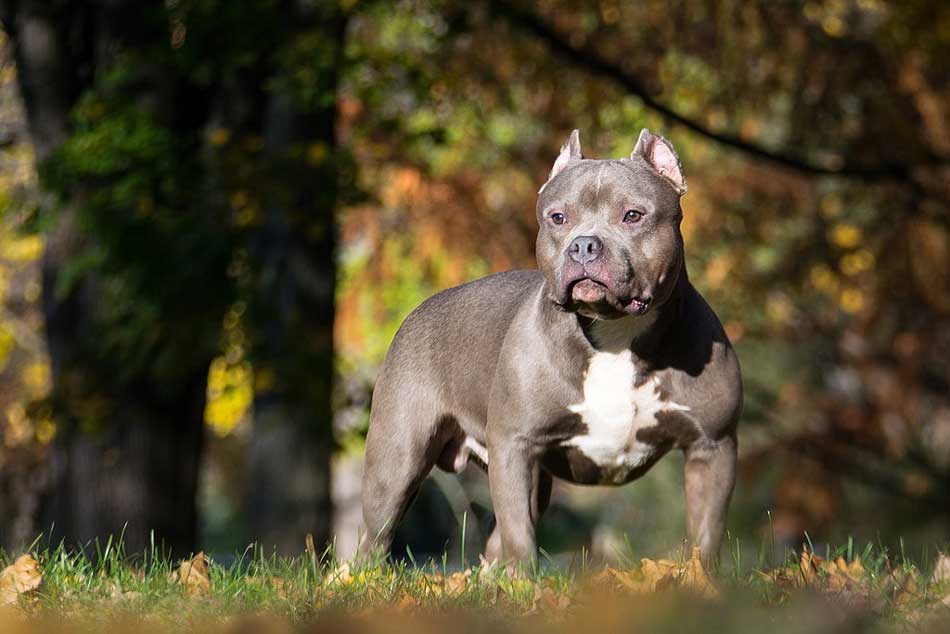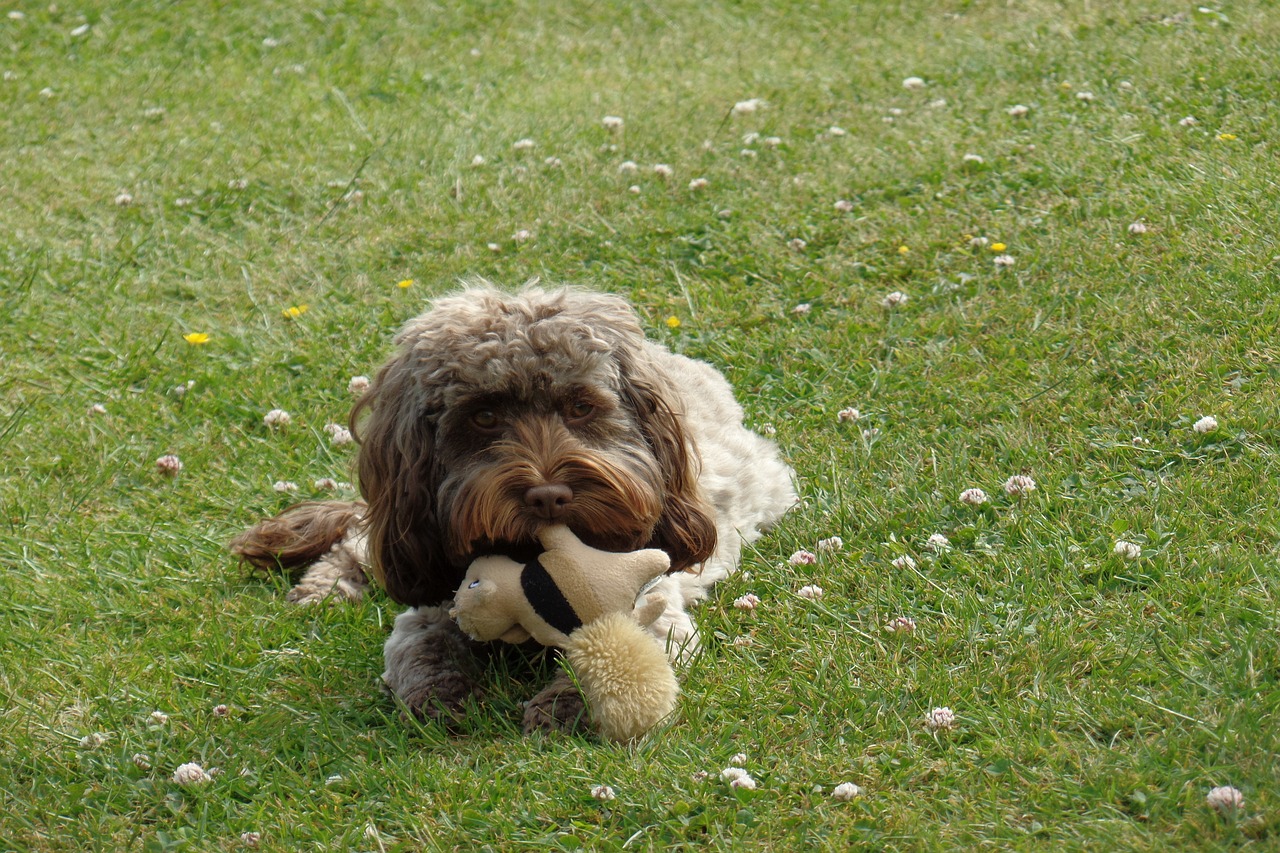
Each part of the body could be damaged or affected by illness such as the penis of a dog. Penis issues can be painful and may be an indication of a more serious health problem.
This guide will assist you to determine whether your dog’s penis is healthy or if you have to call your vet.
Dog Penis Health: What Is Normal?
To be able to tell what is not right in your dog’s penis you must know what normal appearances look to look like.
A majority of the time what appears on the outside of the dog’s penis is actually the sheath, or prepuce the skin and the other tissues that cover the penis, which isn’t erect. The penis is protected with a mucous membrane that makes it appear damp and vibrant red or pink.
A tiny amount of yellowish-white or perhaps a slight greenish-tinged discharge may accumulate in the area of an opening for the dog’s food prepuce. This is referred to as smegma and is normal.
The canine penis can be rigid even when it is not in an erect position because of a bone known as”os penis. “os penis.”
Two glands known as”bulbus glandis. “bulbus glands” are situated on either side of penis’s base. If a dog is excited the bulbus glands expand with blood, producing two visible bumps.
Erections can happen even if dogs are neutered and complete erections can cause the penis in its entirety being engorged, and bulbus glandus to expand outside from the preuce.
It’s crucial to remember that an erection in a dog could last only several minutes, or even for up to an entire hour.
Is My Dog’s Penis Infected?

Pet owners often fear that their pet’s penis may be affected. Sometimes, what you consider pus, a sign of infection – is really just normal smegma.
Even dogs that are healthy, produce an astonishing amount of smegma. They frequently clean their penis to get rid of it.
But, the drainage of the prepuce as well as excessive licking are the most frequently reported signs of an infection of the sheath and penis and sheath, therefore identifying the normal and what could be challenging can be difficult.
You should schedule appointments with your vet in the event of:
- Your dog is kissing his penis more often than the usual amount.
- Your dog is sluggish or is otherwise unwell
- This discharge is now larger in size or has changed the color
Why is My Dog Licking His Penis?
A dog may lick his penis to keep it clean and possibly also because it makes him feel good.
Certain dogs may be self-stimulated or lick their fur in different ways, to the point that they experience erections, even if they’re neutered. It’s best to avoid this behavior unless you observe problems with your dog’s penis or changes in his general health.
Licking excessively particularly when it’s related to symptoms such as an increase in drainage, pain, or lethargy, could be an indication of infection or injury, as well as other issues that affect the urinary or reproductive tract.
Consult your vet if you have any questions.
What is the reason why there is blood flowing from my dog’s Penis?

Blood can be observed to flow from the penis of a dog as the result of injuries on the penis, or preuces. Other conditions which affect your urinary tract (infections and bladder stones, tumors etc. ) are blood-clotting disorders and conditions of the prostate gland.
The most frequent cause of bleeding blood from the penis of male dogs who are unneutered is benign prostate hypertrophy (BPH) which is a benign growth of the prostate gland that is associated with testosterone exposure.
A vet will often be able to determine if a dog suffers from BPH by swabbing his prostate during rectal exam. Neutering can cure the majority of instances of BPH.
A dog with blood that is leaking from his penis must be examined by a vet.
Why is My Dog’s Penis In a trance?

The dog may experience occasional sexual urges, even if they’re neutered.
When your pet’s penis appears visible and erect for a time, but then it returns to completely contained within the preuce and everything appears normal, you are probably not in any need of worry about.
The fact is that dogs sometimes experience persistent erections or have difficulty retracting the penis back to the prepuce because of hair that surrounds your penis. This can be caused by neurologic issues prostate disease, neurologic issues, or anatomical issues.
If the penis has turned discolored or the normal wet tissues that protect it are drying and brittle, take your dog to see a vet immediately.
Urination problems as well as permanent injury to the penis could be experienced in these situations but without prompt treatment.
Is Your Dog’s Penis swelling?

A dog’s penis can become swollen during an sexual erection. The expansion of the glandus bulbus can be particularly evident since it leads to massive bumps to appear on the opposite side in the penis.
If the penis of a dog that is swollen returns to its normal size in about an hour, and the dog appears to be in good spirits there is no vet treatment typically required.
But, if the dog’s penis continues to grow larger for a prolonged duration, or you observe any other alarming signs like fatigue, lack of appetite discomfort, or atypical bleeding from your prepuce it is recommended to contact your vet to seek assistance.
Infections, injuries as well as tumors can cause the penis of a dog to appear to be swelling.
Does This Color Count as Normal?
The penis of a dog that is not erect is typically protected by his prepuce that is covered with hair and skin that is like that of other places on his body.
If it is there is a penis visible, it typically appears red or pink However, it may change to darker in color during an sexual encounter. The color will be back to normal once the erection has been completed.
A tiny amount of yellow-white or green-tinged discharge that appears at the conclusion of the prepuce is normal. If you notice any changes in the color of your dog’s prepuce penis, or preutial discharge, you should make appointments with your vet to rule out any infections or injuries and to rule out other issues.
What’s this Discharge? from my dog’s Penis?

A tiny quantity of yellow-white or green-colored discharge that comes from the end of the dog’s prepuce typically the typical smegma comprised of dead cells as well as other debris that accumulates in the closed space of the dog’s prepuce.
However, different types of discharges or one that originates straight from the penis is usually associated with health issues.
If your dog has pus-like discharge from the prepuce or penis must be evaluated by a vet. Possible diagnoses include:
- Traumatic injury
- Foreign material is lodged in the preuce
- Infections of the urinary tract or reproductive tract
- Urinary cancer or reproductive tract
- Urinary tract stones (uroliths)
- Prostatic disease
- Blood-clotting disorders
- Anatomical abnormalities
- Erectile disorders
What is this rash on My Pet’s Penis?

The skin-covered, skin-covered prepuce that covers the penis of a dog may develop itchy rashes just like any other part within the human body. Since the prepuce is in contact with the ground every time a dog is lying or sitting down, it often comes in contact with irritants allergies, and even insects that could bite.
Infections of the skin or parasites could cause rashes to a pet’s food prepuce.
A bath for your dog with cool water, and a gentle soap could aid in the case that the rash of your dog developed because of the contact of an allergen or irritation.
The rashes that are extremely extreme, cause extreme discomfort or last for longer than a day or two must be assessed by a vet.
What is this lump, bump, or growth on My Pet’s Penis?
It is common for lumps to develop on either side of the dog’s penis in an intimate erection. They should go away when the erection has ended. Additionally, it’s not unusual to notice small nipples appearing on one side of penis.
Other bumps, lumps or growths that remain within or around a dog’s penis aren’t normal and may be a result of infections, injuries, or an accumulation of foreign materials in the prepuce, cysts, inflammation or tumors.